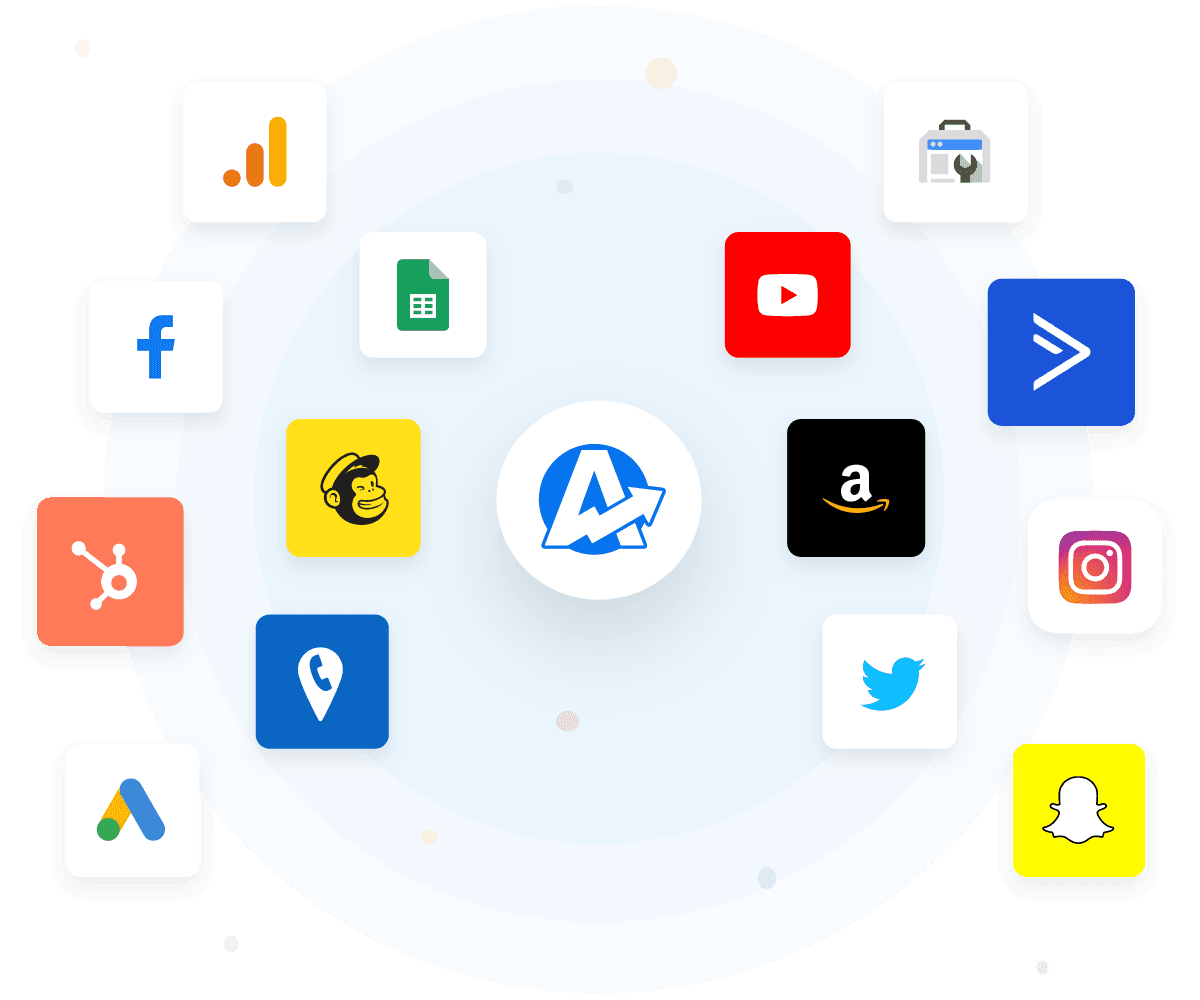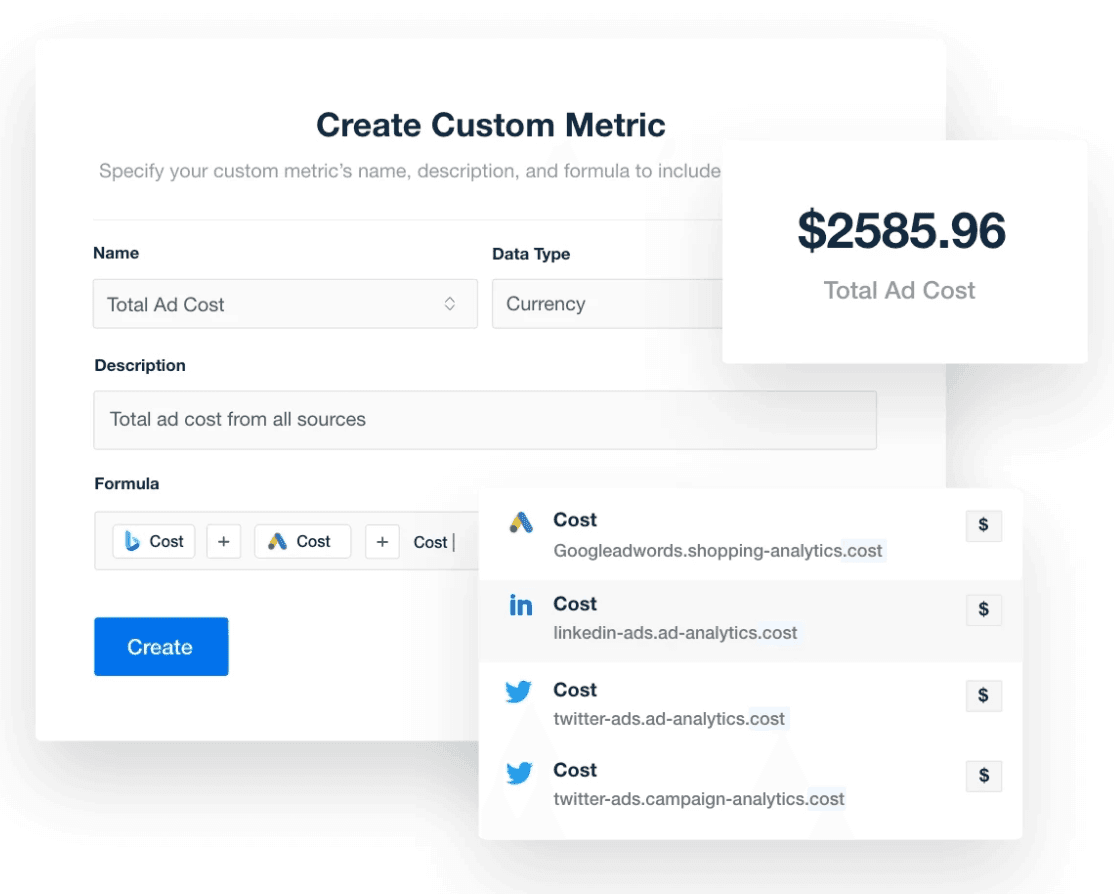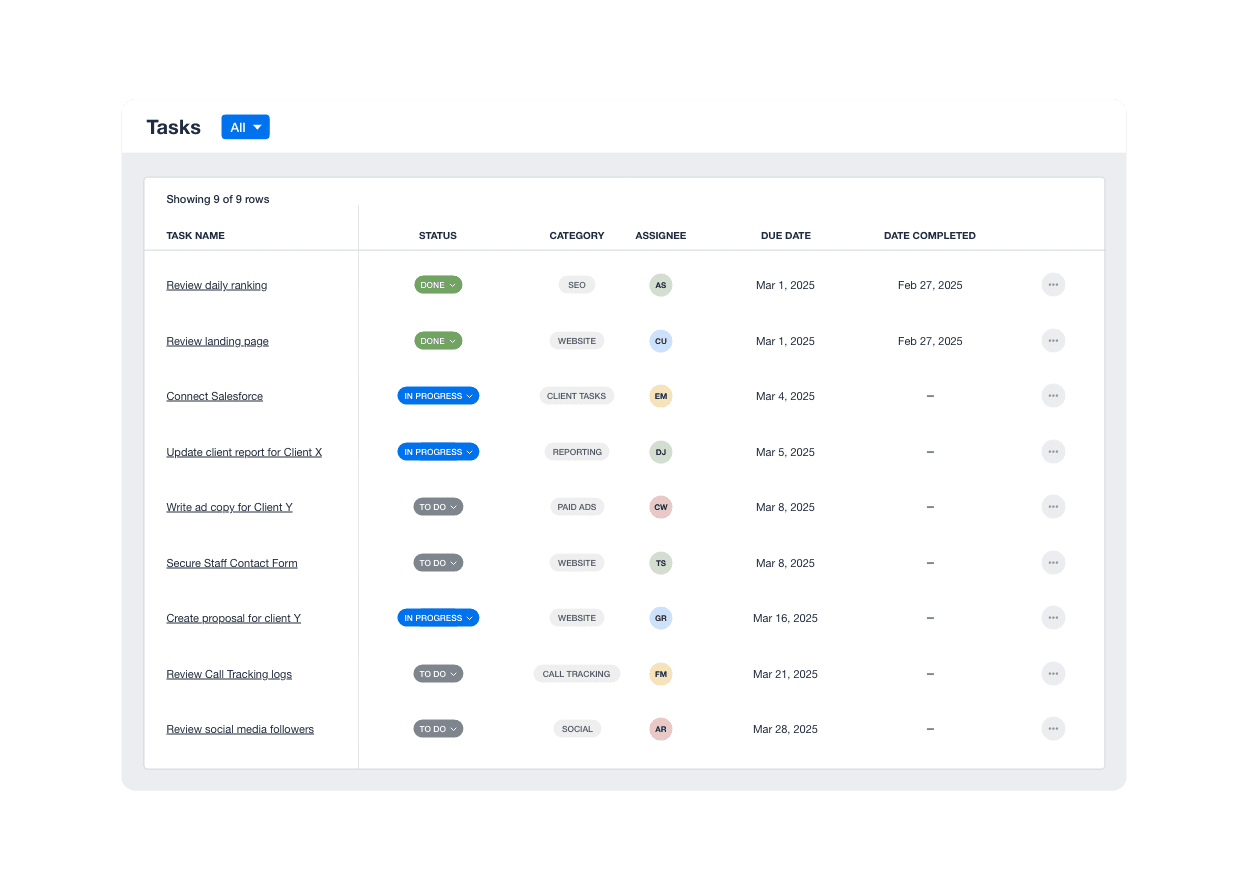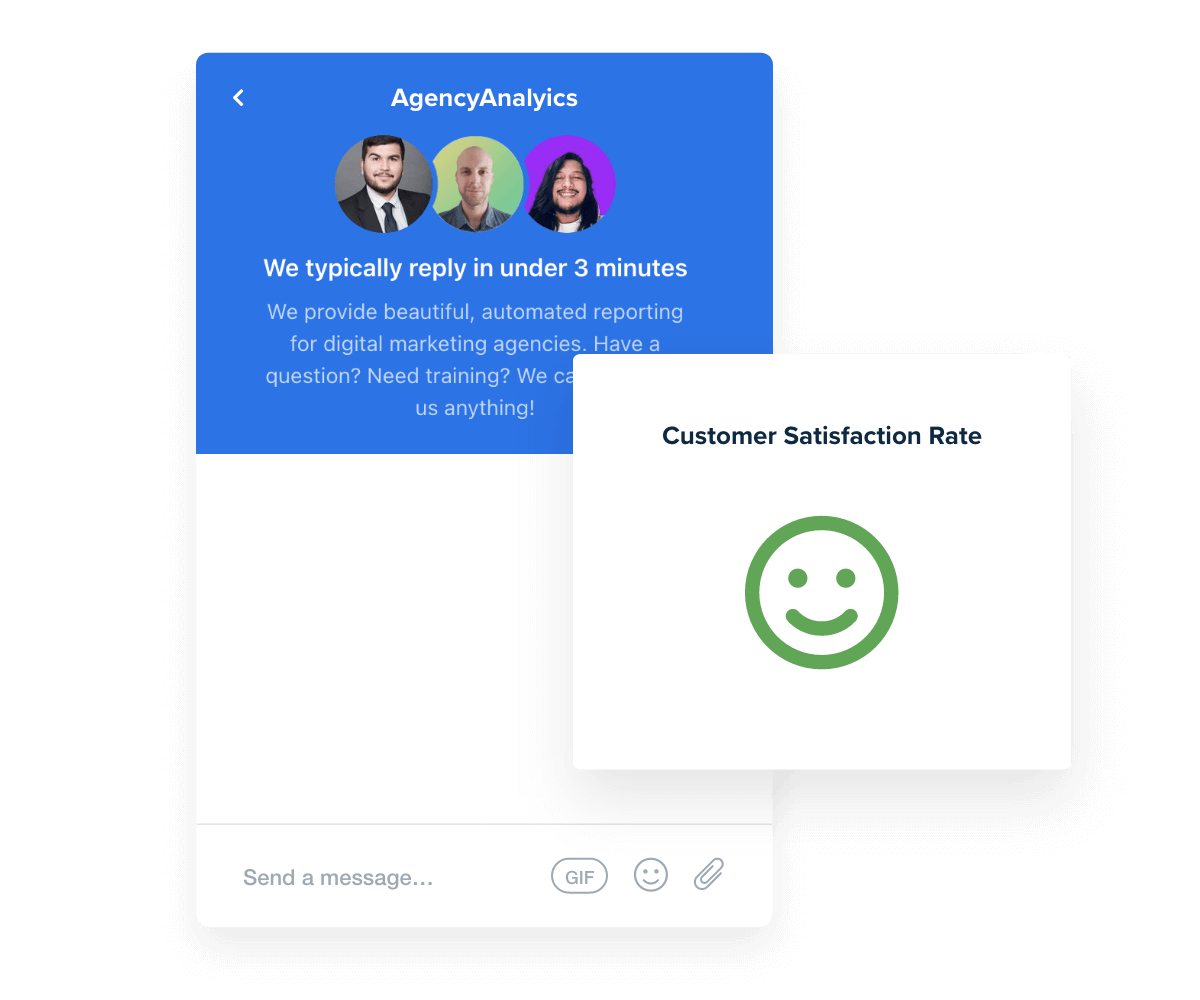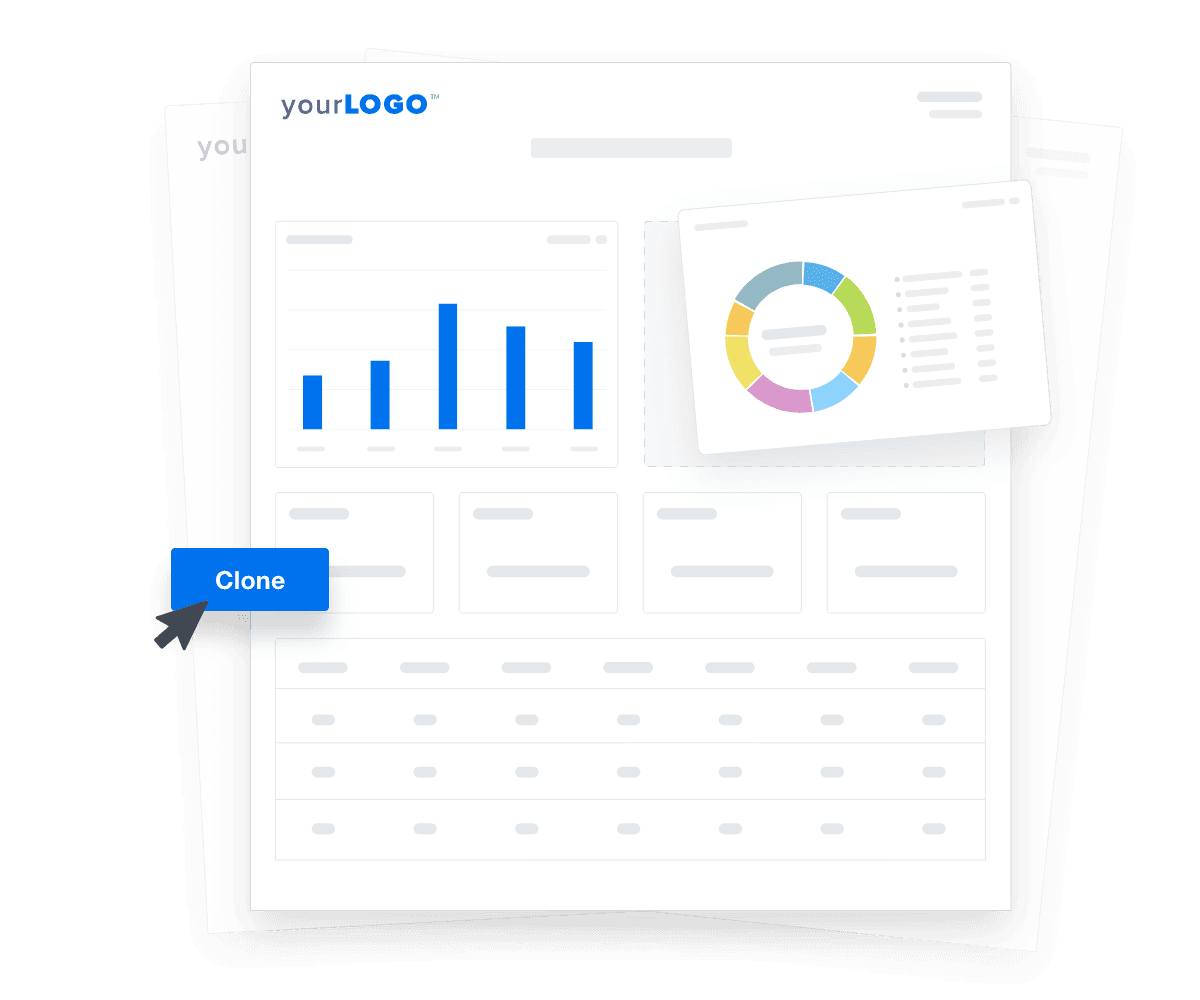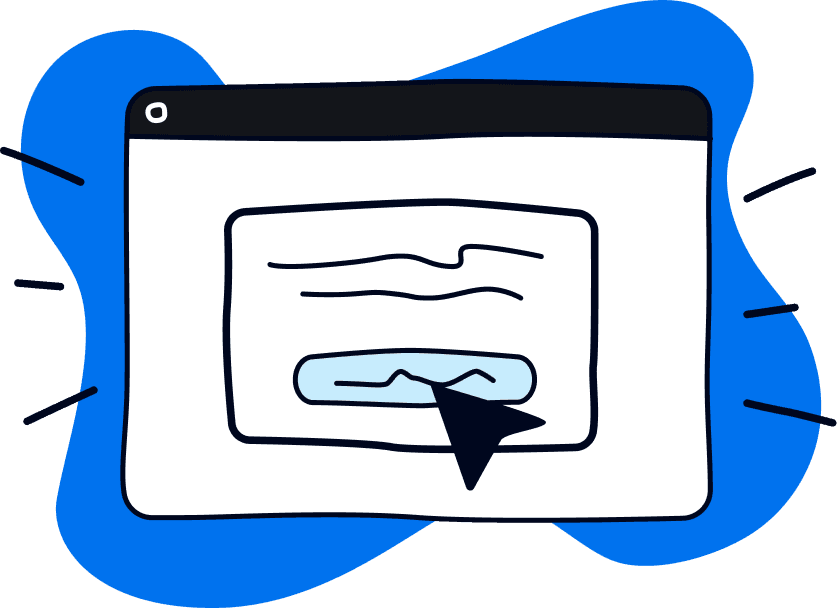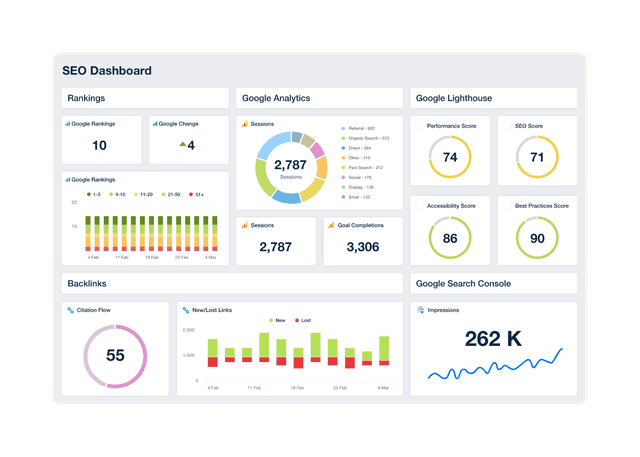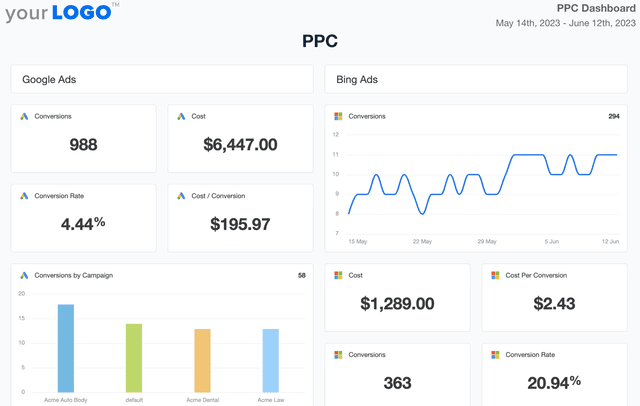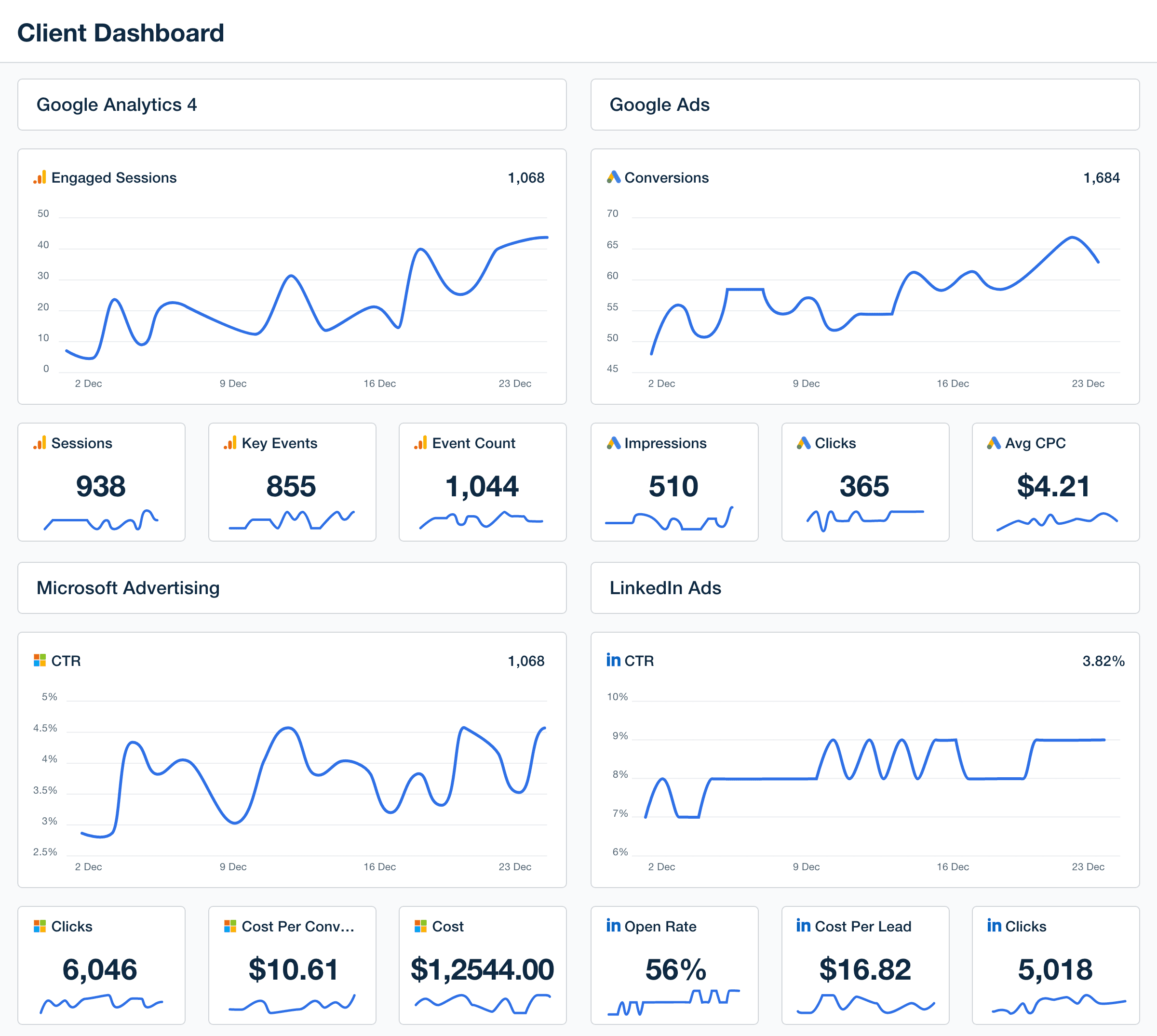
Client Dashboard for Live Performance Insights and Reporting

Customizable Client Dashboard for Seamless Reporting
Manual reports take time your team doesn’t have—and most clients barely skim them. A real-time client dashboard solves both problems at once.
Centralize campaign performance metrics from 80+ integrations into one professional dashboard tailored to your client’s goals. Add your agency’s branding, filter by timeframe, and spotlight the KPIs clients care about—whether that’s conversions, traffic, or ROAS.
With on-demand visibility into results, clients stay in the loop, and your team spends more time optimizing strategy instead of chasing down metrics.


